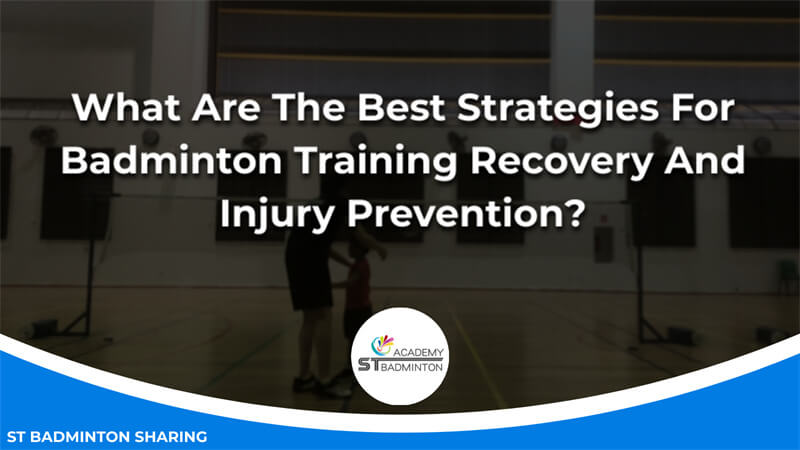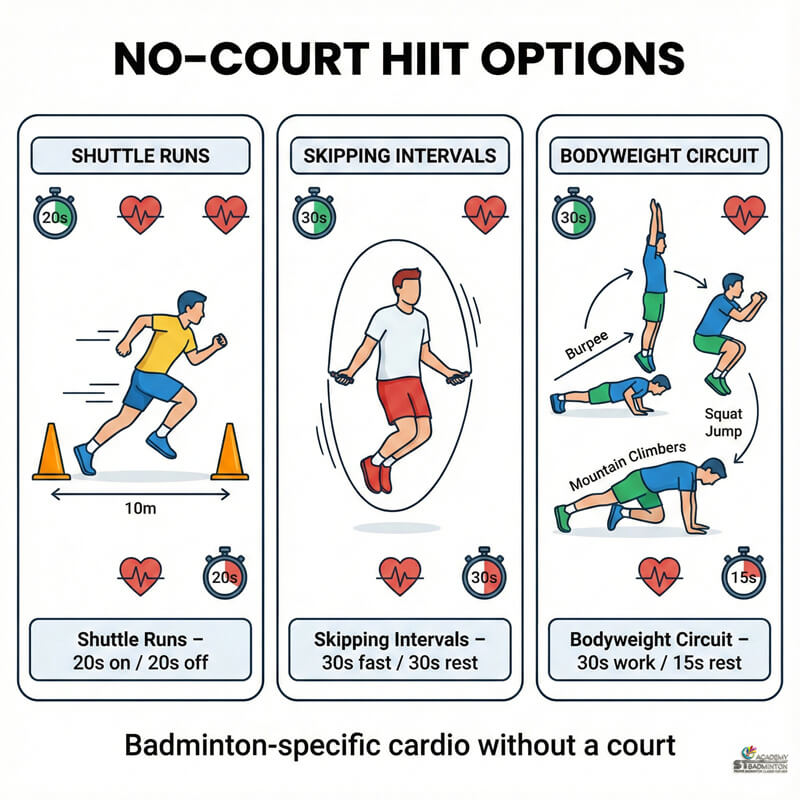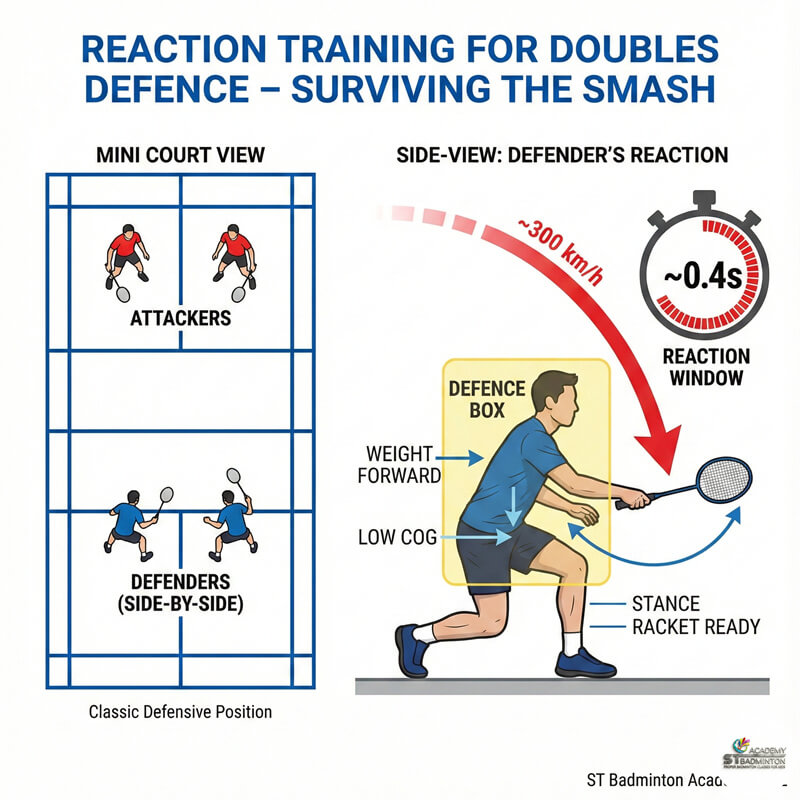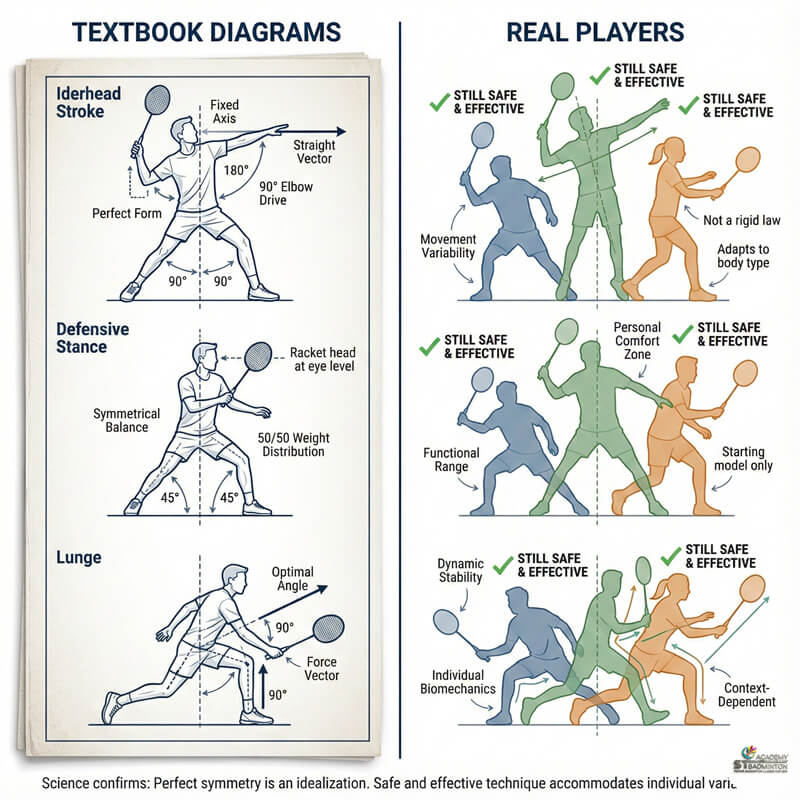Welcome to ST Badminton Academy’s badminton training in Malaysia! Good badminton training and injury prevention are essential for any serious player. As a badminton trainer, I’ve worked with hundreds of players over the years to help them stay healthy and improve their game. In this article, I’m going to share my best strategies for badminton training recovery and injury prevention so you can keep playing your best without worrying about injuries.
If you want to take your badminton skills to the next level while avoiding costly injuries, then pay close attention! These tips will give you the edge when it comes to recovering from tough workouts and preventing injuries that can put you on the sidelines. Let’s get started!
Rest And Relaxation
As a badminton training and injury prevention specialist, I can tell you one thing for sure: rest is key. It’s true that pushing yourself in the gym pays off, but sometimes it’s best to take a break. Proper recovery requires just as much effort as good practice does! And after all, no matter how hard you work out – if your mind isn’t right, then nothing else matters.
That’s why my number one strategy for any sort of badminton training recovery and injury prevention plan is mental health. Believe it or not, taking time to meditate and practice mindfulness helps the body heal faster from physical stressors because it reduces cortisol levels and gives our bodies an opportunity to relax without feeling overwhelmed by everyday life. This also serves to promote better sleep quality which helps with healing even more.
It may seem like an odd suggestion coming from someone who specializes in badminton training and injury prevention, but trust me when I say that meditation practices are essential for reaching peak performance. Taking care of your body goes beyond what happens on the court – make sure to prioritize relaxation every once in a while so you can stay healthy and active long-term! With proper nutrition and the right lifestyle habits, you’ll be ready to hit those shuttlecocks like never before.
Proper Nutrition
Proper nutrition is a key component of badminton training recovery and injury prevention. The right food selection ensures that the body has enough energy to perform at its peak performance level, while also providing necessary vitamins and minerals for healing and muscle growth. A macronutrient balance between carbohydrates, proteins, and fats helps to ensure that energy levels remain constant throughout practice or competition.
| Tips for Proper Nutrition | Description |
|---|---|
| Eat Regular Meals Before, During, and After Practices/Games | Ensure a consistent intake of regular meals to provide sustained energy before, during, and after physical activities. |
| Choose Whole Foods | Opt for nutrient-dense whole foods such as lean meats, fruits, vegetables, nuts/seeds, grains, and legumes for balanced nutrition. |
| Incorporate Adequate Water | Integrate a sufficient amount of water into your daily routine to stay hydrated, supporting overall health and performance. |
| Be Mindful of Portion Sizes | Consider individual activity levels when determining portion sizes, promoting balance in caloric intake and energy expenditure. |
A healthy diet can not only help with performance but also with weight management as well as decreasing risk factors associated with certain chronic diseases. It’s important to remember that there is no single best way to eat; everyone requires different amounts depending on their own goals and lifestyle habits.
Taking the time to find out what works best for you will go a long way in maintaining physical health both inside and outside of the court. With this knowledge in hand, we can move onto the next step in our journey towards optimal badminton training recovery and injury prevention – stretching and flexibility.
Stretching And Flexibility
Having proper nutrition is an essential component in any badminton training and injury prevention program. Eating balanced meals with the right amount of carbohydrates, protein, and other micronutrients can help maintain energy levels while on the court as well as improve recovery times between sets. Now that we have discussed how eating properly contributes to a successful badminton training experience, let’s move on to stretching and flexibility.
Stretching helps athletes increase their range of motion which allows for more fluid movement during competition and practice. It also reduces muscle tension, improves circulation, increases body awareness, and prepares the mind for performance by helping players focus on mental preparation.
Plyometric drills are another useful tool for increasing speed, agility, and reaction time when playing badminton; these exercises should be done at least two days per week either before or after practice sessions depending on individual goals.
The next step in our journey towards becoming better badminton players and avoiding injuries is strengthening exercises. Doing various squats, lunges or core-focused activities such as planks will not only build physical strength but boost confidence too!
Strengthening Exercises
Strengthening exercises are essential for injury prevention and recovery in badminton training. Core stability exercises involve using the body’s core muscles to help maintain balance, coordination, and overall strength during physical activities like playing badminton. Postural alignment is important too; it helps athletes develop a sense of control over their bodies and how they move so that any sudden movements or impacts can be absorbed more easily.
I recommend focusing on multi-joint exercises such as squats, step-ups, lunges, pull-ups (if available), push-ups, planks with leg lifts, glute bridges and side planks with arm raises. These will help you build muscle mass while also improving your postural alignment as well as core stabilization – all critical components of injury prevention when playing badminton. As always, please make sure to warm up properly before engaging in these exercises.
To maximize the benefits of strengthening workouts for badminton players without putting them at risk of injury, I highly suggest proper hydration throughout the day – not just after exercise! Adequate hydration aids muscle recovery by helping reduce inflammation and soreness after strenuous activity. This transition into better hydration habits should come next in order to ensure optimal results from your badminton training program.
Hydration For Muscle Recovery
It’s no secret that proper hydration is key to optimizing performance and recovery while playing badminton. What many people don’t know, however, is the importance of timing in relation to muscle fatigue. Studies suggest that athletes who consume sports drinks or water within 30 minutes after exercise can reduce muscle soreness by up to 25%. Furthermore, if consumed during physical activity, it helps maximize endurance levels and optimize overall performance.
The goal with hydration is balanced – not over-hydrating or under-hydrating. It’s important for badminton players to drink before they are thirsty and make sure their fluids remain balanced throughout a match or training session. This means planning ahead so you have time to properly prepare your body with adequate amounts of fluid both before and after exercising.
A good guideline for pre-match hydration is about 400ml one hour before beginning play; this should be followed by regular sips from your water bottle between points and halves, as well as post-game rehydration with 200–300 ml per 15 minutes of play until thirst has been quenched.
In addition to proper hydration, badminton players must also focus on having a proper warmup and cool-down routine prior to matches in order to prevent injury and help enhance performance.
Proper Warm Up And Cool Down
I’m a badminton training and injury prevention specialist, so I know the importance of proper warm-up and cool-down. A good warm-up is essential to prevent muscle strain during intense play while cooling down helps reduce soreness after your match or practice session.
Proper sleep should also be part of your recovery strategy as it helps your body restore energy levels more quickly.
An effective way to speed up recovery time is through light stretching or massage therapy. Stretching can help improve flexibility, range of motion, and overall movement capabilities. Muscle massage can help break down built-up lactic acid in muscles which decreases pain and stiffness throughout the body. Both techniques are great for reducing fatigue and increasing performance on the court!
Taking preventive measures such as these will ensure you feel better the next day and maintain peak performance over long periods of time. It’s important to remember that taking care of yourself now could mean fewer injuries later – something serious athletes take very seriously. Wearing appropriate protective gear during gameplay is another key factor in staying safe from harm while playing badminton.
Wearing Appropriate Protective Gear
Just like a soldier putting on armor before battle, wearing the appropriate protective gear for badminton is essential to ensuring your safety and preventing injury. It’s almost like slipping into a second skin; one that protects you from injuries so you can focus more on honing your skills and playing with confidence.
Using the correct form is key when engaging in any sport, especially badminton. Wearing supportive clothing such as court shoes with good shock absorption or knee pads while training will help protect against joint pain and reduce the risk of minor sprains or strains. Additionally, it’s important to make sure the clothing fits well enough not to restrict movement but also won’t get in the way during intense matches.
Finally, keeping track of training intensity over time plays an important role in avoiding injuries due to overexertion. Being mindful of how much stress you are placing on your body each day will help ensure proper rest and recovery between sessions, allowing your muscles to remain strong and healthy for future play.
This coupled with using correct form and wearing appropriate clothing can go a long way towards protecting yourself from preventable injuries while enjoying this exciting racquet sport!
Monitoring Training Intensity
I’m a big believer in monitoring training intensity when it comes to badminton injury prevention. It’s incredibly important to remember that your body needs time to rest and recover after an intense workout, so paying attention to how much you’re doing can be crucial. To ensure effective recovery, I recommend taking at least one day off from playing or practicing each week, as well as scheduling regular breaks throughout the session if necessary.
Time management is also essential for keeping up with a healthy badminton routine. If possible, try to stick to a consistent schedule of practice times each week – this will help keep your muscles warm and ready for every game.
Additionally, having enough time between matches gives you the opportunity to focus on technique without overworking yourself. Concentrating on form rather than speed or power during practice sessions can help prevent unnecessary strain and wear and tear on your body.
Finally, stretching before and after playing is absolutely key for preventing injuries while still pushing yourself toward personal bests. Taking just 5 minutes out of your day before hitting the court can make all the difference in maintaining flexibility and minimizing soreness afterward.
Frequently Asked Questions

How Often Should I Take A Break From Badminton Training?
As a badminton training and injury prevention specialist, I always recommend taking breaks from practice in order to prevent injuries and allow your body time to recover. It’s important to make sure you’re getting the right kind of nutrition, as well as regularly scheduled rest intervals between practices and games.
Depending on how often you train or play, it’s usually best to take a break after every 3-5 days of playing. This will help ensure that your energy levels stay high throughout the season, while also preventing any possible overuse injuries.
What Foods Should I Eat To Help With Badminton Recovery?
Who says badminton recovery and injury prevention needs to be all about rest? With the right dietary balance and mental focus, you can make sure your body is ready for any challenge. Eating a balanced diet of carbohydrates, protein, fruits, and vegetables will help repair your muscles after an intense training session.
Adding in some healthy fats like nuts or avocados will also aid in muscle recovery as well as provide essential nutrients! To really stay focused on training, try incorporating foods that contain omega-3 fatty acids such as salmon or walnuts into your meals – they’ll give you the boost of energy needed during practice.
How Long Should Stretching And Flexibility Exercises Last?
Stretching and flexibility exercises should be an important part of any badminton player’s training routine. For optimal results, they should last between 10-30 minutes per session, depending on your fitness level.
Cross-training and restorative yoga are also great ways to improve balance, strength, and flexibility – all essential components for preventing badminton injuries. I recommend starting with shorter stretching sessions and gradually increasing the length as you get better at them. Remember to stay hydrated before, during, and after exercise!
What Are The Best Strengthening Exercises For Badminton Players?
When it comes to badminton training and injury prevention, strengthening exercises are key. To make sure you get the most out of your workout, focus on proper form. Exercises like squats and lunges can help strengthen muscles needed for that perfect swing.
Cooldowns with stretching and foam rolling can also help reduce muscle soreness after a match or practice session. For best results, aim to do strength-building workouts at least once a week while maintaining a balanced routine of other physical activities as well.
How Much Hydration Is Necessary For Muscle Recovery?
The importance of proper hydration to muscle recovery is like a river, providing the sustenance and energy we need as badminton players. After every practice or match, I highly recommend drinking at least 8 ounces of water for every 20 minutes you spend playing. This will help flush out lactic acid build-up in your muscles that can cause strain and fatigue.
Additionally, sports drinks are available to replenish electrolytes lost during strenuous physical activity. Proper nutrition is also key for muscle recovery – lean proteins with complex carbs provide essential nutrients needed for energy repair after a workout. With these strategies in place, you’ll be sure to keep your body healthy and ready for the next challenge!
Learn Injury Prevention in Badminton Training Malaysia
Badminton training and injury prevention is a crucial parts of any competitive player’s lifestyle. By taking regular breaks, eating the right foods, stretching, strengthening exercises, and staying well hydrated, you can ensure that your body will be able to withstand the rigors of badminton training while avoiding potential injuries.
It all comes down to understanding your own body and balancing rest with activity in order to achieve peak performance. Other than choosing a good racket and also remember to choose the best racket restring in Malaysia.
Do you have what it takes to become an elite badminton player? With proper training recovery techniques and injury prevention strategies, there is no limit to what you can accomplish!





